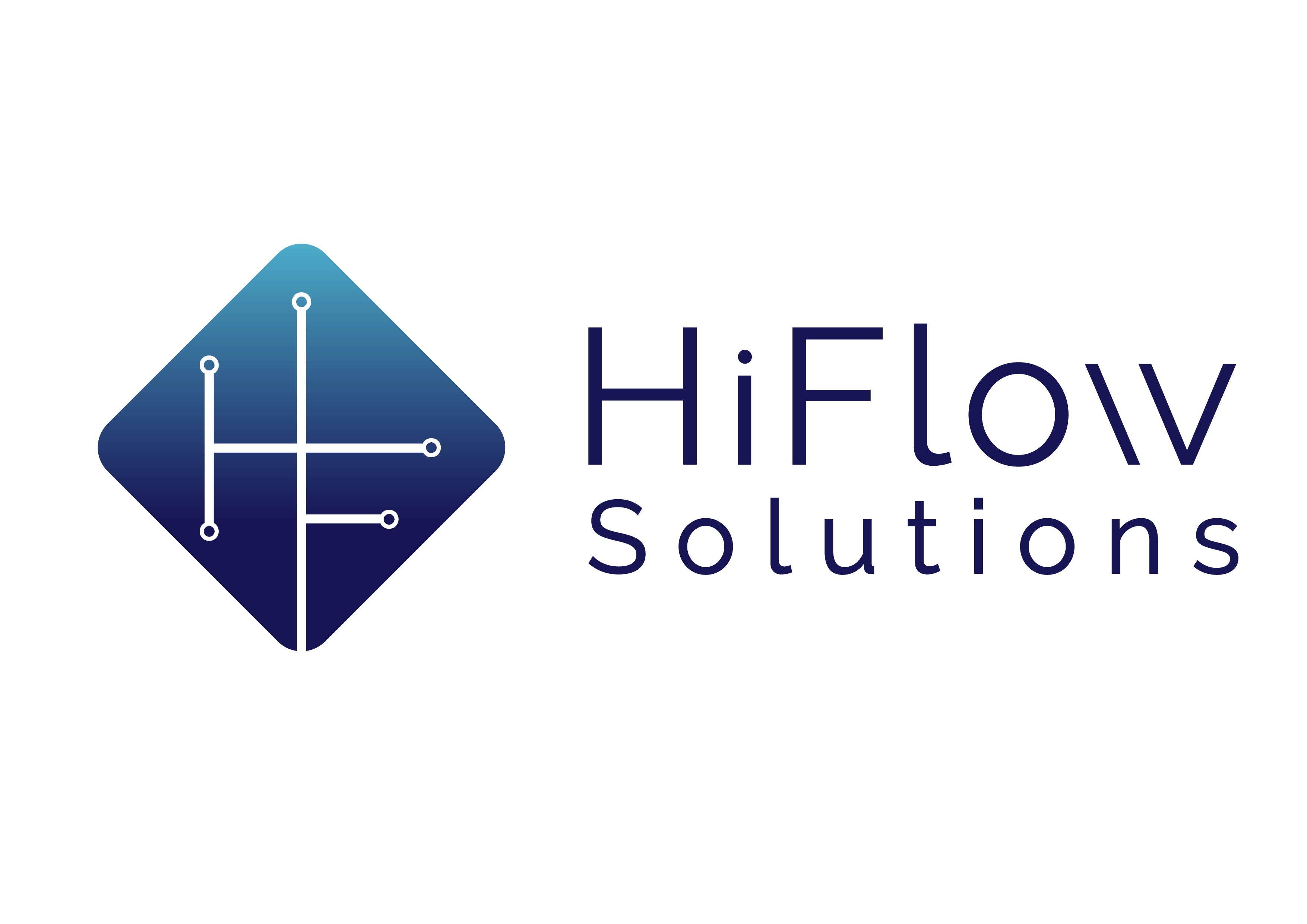Presenting KPIs in dashboards that are immediately actionable and aligned with the operational pulse of your company ensures that your packaging manufacturing business stays on track. Choosing the correct KPIs to follow in your dashboards is a key component for smart decision making. An ERP facilitates the comparison of current KPIs with historical benchmarks or industry standards, providing context for performance evaluations...
What is a KPI?
A manufacturing Key Performance Indicator is a measurable value that shows how well an organization is achieving its business objectives. KPIs are based on data collected from production and business processes within an organization used to monitor, analyze and optimize operations.
Keeping track of KPIs provides manufacturers with valuable insights that can drive informed decision-making and lead to improvements in various areas. Digging deep into these KPIs gives management the data to adjust for peak performance.
In the packaging industry, a plethora of Key Performance Indicators (KPIs) compete for your consideration. To embark on this journey effectively, it's essential to begin by delineating the objectives your manufacturing business aims to accomplish, both in the short and long term.
✅What challenges are you endeavoring to address?
✅Are labor costs escalating for specific job types?
✅Do jobs frequently surpass estimated durations?
✅Is excessive substrate waste a recurring issue?
✅Are operators spending prolonged periods on tasks?
Minimizing production waste
Enhancing Overall Equipment Effectiveness (OEE) for designated machines
Refining job costing accuracy
Elevating Quality Control standards
Once your objectives are meticulously defined, the next step is to delineate actionable strategies to achieve them. Additionally, it's crucial to discern the origin of the data being collected. Are manual processes such as data input by shop floor personnel into Excel spreadsheets still prevalent, or has data collection evolved into an automated system seamlessly integrated with machines and equipment?
Will these KPIs genuinely propel you towards your goals?
It’s not enough to list the KPI and your collection of data for 3 months. The best KPI choices are directly connected to organizational goals. For example, if your goal is to increase production efficiency over three months, your key results could be reducing setup time by 20% or improving equipment uptime by 10% and you would be monitoring the KPI of set up time and equipment uptime amount.
Rather than making educated guesses, you can see the expected time of job completion and have the information needed to investigate the cause if it deviates from your goal.
✅Was it operator performance? Do you track operator performance?
✅Was the job run on a legacy machine and therefore needing more time?
✅Why was there excessive waste?
✅Was it operator or machine error?
Perhaps the bigger question is whether your current ERP tracks data of your most important KPIs.
The second important aspect of this question is whether you collect the data to benchmark the KPI, if it is available in real time and easily accessed, and if it’s accurate. If, for example, your shop floor workers are collecting job data manually, on a spreadsheet, interrupting their tasks, the details collected may not be the most accurate.
An MIS/ERP streamlines the process of collecting and managing data for KPIs by centralizing information in one single database, automating data collection and facilitating real-time access. In addition to the data portion of an MIS/ERP, it provides configurable dashboards that allow visual representation of data at the user’s fingertips.
The KPI dashboard
The dashboards in an ERP/MIS system allow users to organize, filter, drill down, analyze and visualize their most important key targets. The alternative? Wading through Excel sheets of data and other non-curated, unfiltered datasets.
The data is sourced from multiple modules within the ERP/MIS system, from sales, to production to warehouse to quality control. ERPs break down silos by collecting cross-functional data. This is crucial for generating comprehensive KPIs that reflect the overall performance of the organization. ERPs capture data as part of the natural workflow, capturing critical information automatically as transactions occur. ERPs can generate exception reports, highlighting instances where KPIs deviate from expected values. This helps users focus on areas that require attention. ERPs facilitate the comparison of current KPIs with historical benchmarks or industry standards, providing context for performance evaluations.
Finally, ERPs integrate with Business Intelligence tools, enhancing the capabilities for advanced analytics and reporting. This integration supports in-depth analysis of KPIs for strategic decision-making.
Presenting KPIs in dashboards that are immediately actionable and aligned with the operational pulse of your company can ensure that your packaging manufacturing business stays on track, identify areas that need improvement and drive changes. The consequences of failing to monitor KPIs can be impactful on a business.
At HiFlow, we work closely with our customers to configure the right KPIs that will drive improvements and business growth. Our advanced MIS/ERP collects real time data for customizable dashboards that help you measure, visualize, and report on the KPIs that matter most. HiFlow’s MES and direct machine interface modules collect data continuously so real time data fuels your KPIs for up to the minute reporting.
Read the rest of the article on our blog: https://hiflowsolutions.com/decoding-the-magic-of-kpis-beyond-metrics-towards-operational-excellence/
-----------------------------------------------------------------------
Have a question about KPIs and KPI dashboards, and how to monitor your most essential KPIs? Reach out to one of our consultants - book a discovery call with HiFlow: https://hiflowsolutions.com/get-a-demo/



Fri October 15th
Abundância de provas...
O Que Os Papéis Dizem-Semana de 11 de outubro-Por Nessan Cleary
Fri October 8th
A Austrália ainda es...
O Que Os Papéis Dizem-Semana de 4 de outubro-Por Nessan Cleary
Fri October 1st
A cobertura desta se...
O Que Os Papéis Dizem-Semana de 27 de setembro-Por Nessan Cleary
Fri September 24th
Mais sinais de cresc...
O Que Os Papéis Dizem-Semana de 20 de setembro-Por Nessan Cleary
Tue September 21st
A experiência de imp...
INKISH cobre o evento, e mal pode esperar para conhecer a indústria é este talvez primeiro evento físico na Europa:-)
Fri September 17th
Há boas notícias sob...
O Que Os Papéis Dizem-Semana de 13 de setembro-Por Nessan Cleary
Sat September 11th
Perguntas sobre o es...
O Que Os Papéis Dizem-Semana de 6 de setembro-Por Nessan Cleary
Fri September 3rd
Estas semanas histór...
O Que Os Papéis Dizem-Semana de 30 de agosto-Por Nessan Cleary
Fri August 27th
Pesquisadores encont...
O Que Os Papéis Dizem-Semana de 23 de agosto-Por Nessan Cleary
Wed August 25th
Você nunca vai inves...
O que faz PSPs relutar em investir?
Assine
Receba Notificações para se inscrever em nosso informativo
Login (login)
Novo Usuário (novo_usuário)? Registre-se (registre)
Apague Senha (apague_senha)
Registre-se (registre)
Usuário Existente (existente_usuário)? Login aqui (login_aqui)
Login aqui (login_aqui)
Apague Senha (apague_senha)
Por favor entre seu endereço de email registrado Você receberá um link para resetar a sua senha via email (rest_senha_descrição)
Novo Usuário (novo_usuário)? Registre-se (registre)